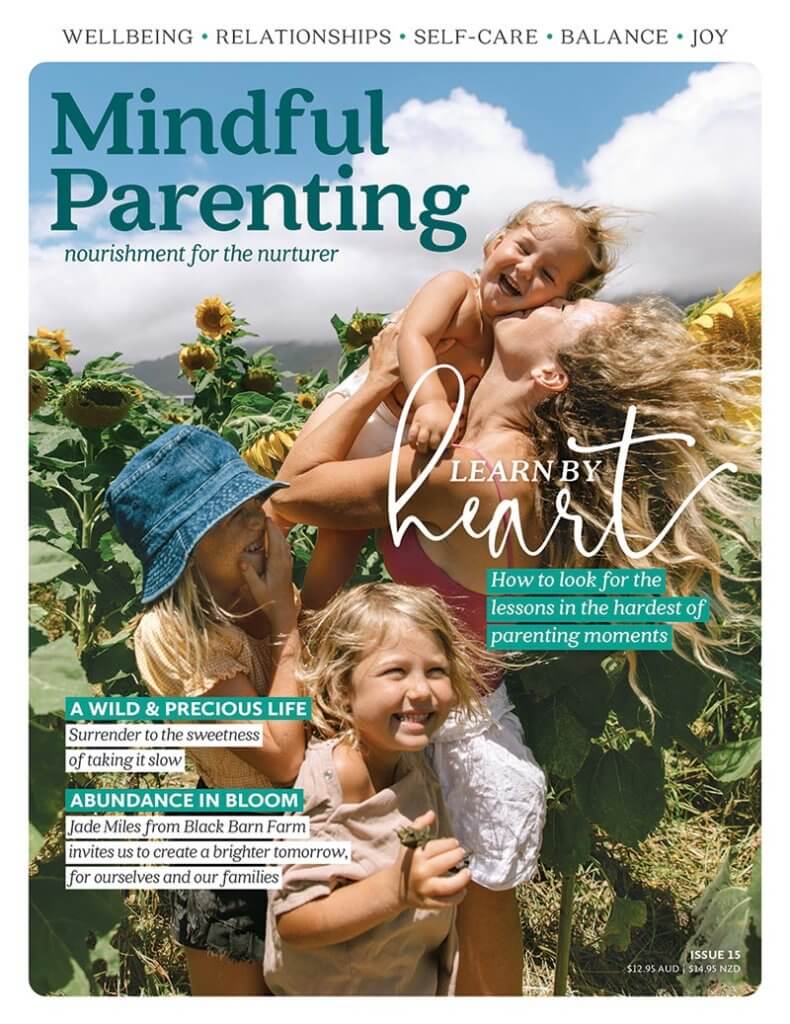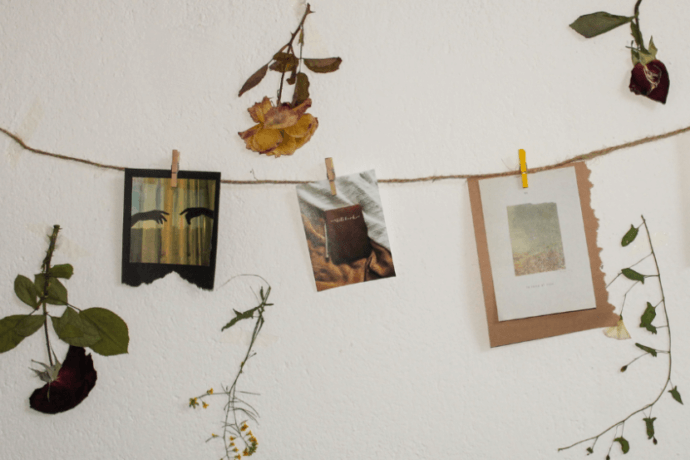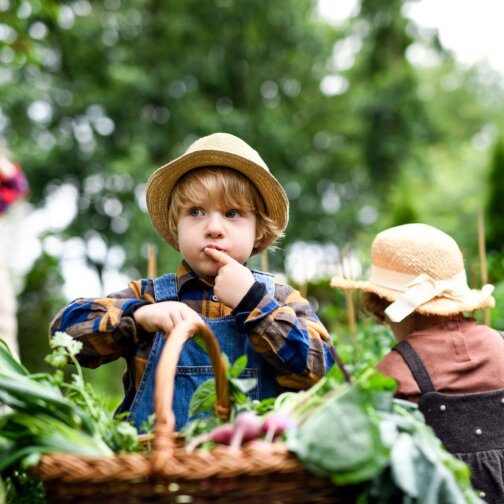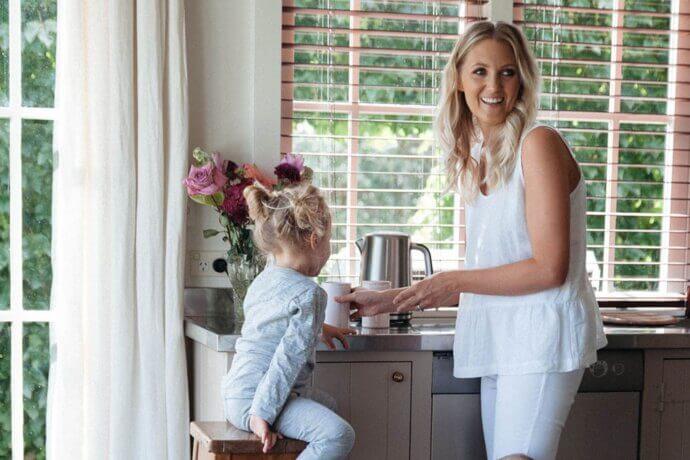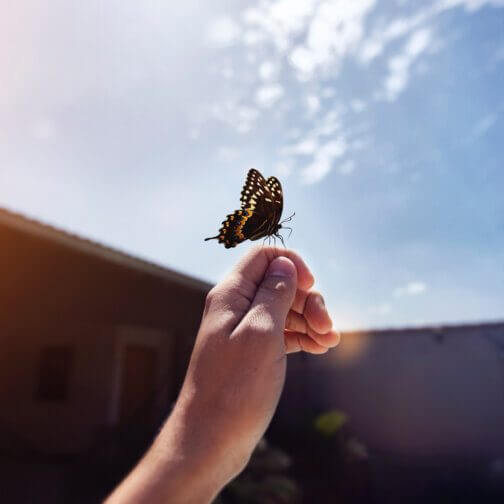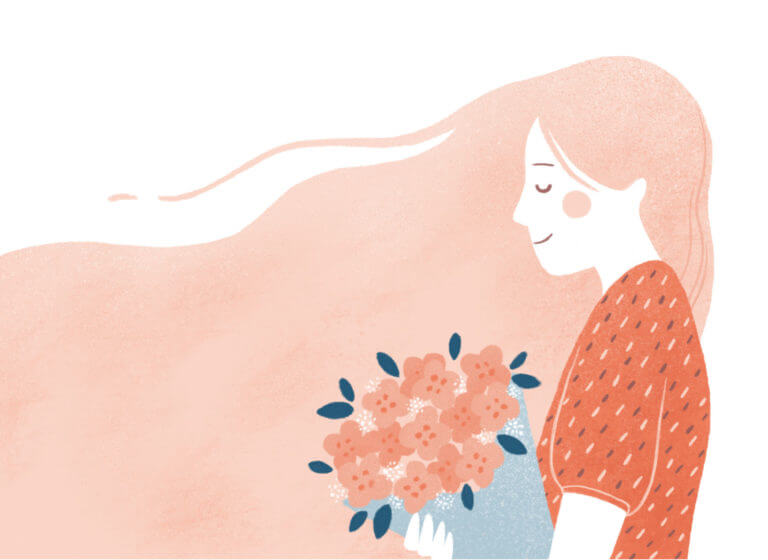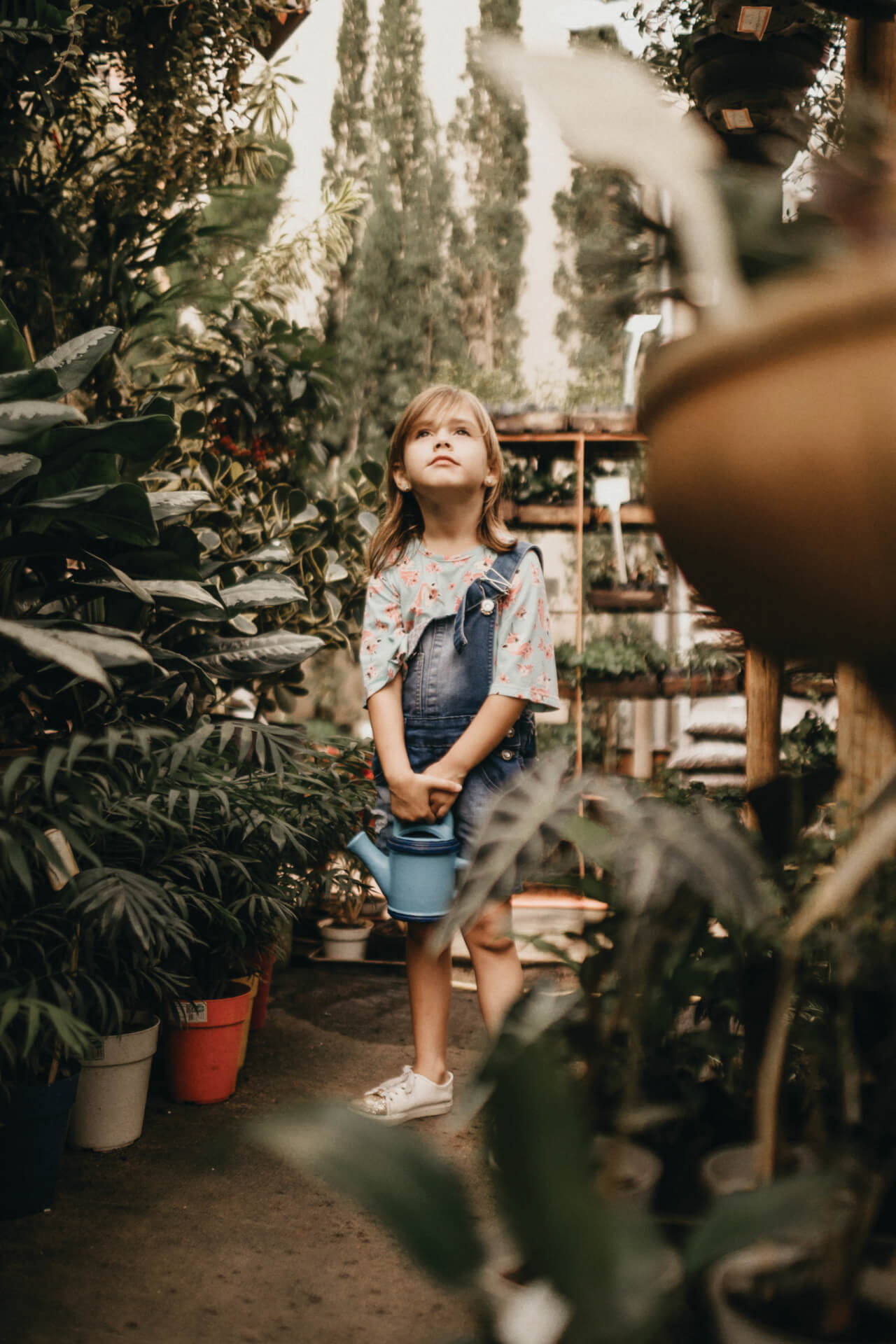
Tending to your garden is the slow pause and deep exhale you weren't aware you needed.
“What’s this?” we ask our son Jude as we water our garden. “Broccoli,” he replies squeakily in his two-year-old voice. “And how about this one?” “Pea,” he confidently answers. “And what about this?” “Tomato!” he adds with increasing zeal. Since before Jude could walk, a large majority of our days have been spent in our backyard, tending to our ever-growing patch of vegetables, herbs and wild flowers. Our time among the green is cherished and it does wonders not only for Jude’s wellbeing, but my sanity too. When the world retracted last year in the face of COVID-19, my family found retreat in our outdoor sanctuary and slowed down with the birds, bees and caterpillars. It was the deep exhale we all needed.
Together we learnt what was in season, used compost to create nutrient-rich soil, observed where and when the sun showered our yard in light, planted seeds next to plants considered their companions, identified bugs and creepy crawlies, watered our sprouts with care and watched our garden spring to life. In their book Therapeutic Gardens: Design for Healing Spaces, Amy Wagenfeld and Daniel Winterbottom point out that when people are “deprived of a sense of free agency and control, a garden that offers them choices and levels of accessibility supports their engagement and confidence”. During that unique time in our lives when our sense of power was uprooted and compromised, I learnt that spending time in your garden can make a world of difference.
Helena Williams-Johnson, centre manager at Kids Academy Erina Heights on the Central Coast of NSW has worked in the early childhood sector for 20 years and attests that little, growing, impressionable minds need to be immersed in nature more than we may realise. “We have a well-established gardening program designed to support our children to participate in the growing of seasonal fruits, vegetables and native bush tuckers. We believe that children learn best when educators take into account a holistic view of the child, recognising the connectedness of mind, body and spirit. Our garden allows children to learn life skills like patience, sharing and nurturing while developing a strong relationship with their natural environment.”
The centre’s program extends into the classroom where children learn about waste management, water-wise practices, composting and worm farming, and how these systems operate to create beautiful edible produce that the children feast on during morning tea, “… if the produce makes it past the garden!” Helena adds.
“Our children have learnt that it is normal to be surrounded by edible plants, so much so that we are lucky to harvest our snow peas, strawberries and cherry tomatoes before the children have enjoyed them, which we love to see. If we have any excess produce, we gift it to our families to take home.”
“We strongly value the embedded sustainable practices of our First Nations people, which has influenced the way we care for and use our garden within our community. In our native garden, we have bolwarra, a native guava plant, Mount White limes and lemon myrtle, which is really nice as a herbal tea for our teachers and water infusers for our children.”
On any given day, the children keenly spot, identify and learn about the many visitors to the garden like the mini beasts, butterflies, lady beetles, caterpillars, water dragons, kookaburras and native birds. “It all comes back to the freedom of discovery and feeling connected. That’s what’s really important,” Helena says.
Lucy Jones, author of Losing Eden: Why Our Minds Need the Wild, writes in The Guardian that “time spent in nature is linked to lower stress, restored attention, and a balanced nervous system”. And to get these benefits, all we have to do is simply be in the garden. Whether you have an acreage, a pokey backyard or a veranda, you can cocreate a garden of Eden with your children and teach some of life’s biggest lessons.
Life’s an adventure
Gardening – a lot like life – is messy and it’s meant to be.
That’s where the learning happens. It appeals to all the senses and should be enjoyed that way. Soil, like sand, feels amazing between your fingers and toes. Fruiting produce and herbs can be tasted along the way. Flowers and bulbs have a sweet aroma. Then add water to the mix and you have mud cakes, sprinkler parties and a chance to finesse your watering can abilities. Let your children learn as they do best through shared, playful, sensory fun.
Prioritise self-care
Stepping away from to-do lists and technology to immerse in nature is one of the best ways to care for you. The fresh air, the limited distraction and stimulation, and the chance to ground (no pun intended) have been well documented to do wonders for our wellbeing. Sharing this time with your children is also a perfect way to model what self-care looks like. Why don’t you make a ‘sit spot’ (a stool, a stump or a picnic blanket) to encourage your children (and you!) to reflect, be quiet and breathe.
Practise patience
When life runs at high speed, and accessibility in this modern world means instant gratification, gardening is idyllic for slowing down and learning about delayed satisfaction. It takes planning, preparation and hard work to get started and then continued application for weeks and months before you see reward. It requires patience and every parent and child can do with a little more of that.
Drop the need to control
Sometimes, despite all the patience, care and love we give our garden, it doesn’t thrive. Gentle lessons about impermanence are healthy, necessary and often healing. Learning about death and the life cycle within the garden is an affirming way to approach the bigger life questions, which too, are out of our control. The many lessons my family and I have learnt in our garden are a rich part of us now and will continue to be as we toil, forage, nurture and eat the fruits of our labour. And while Jude still doesn’t eat broccoli, at least he knows the magic in helping it grow.
Words by Leah Davies

